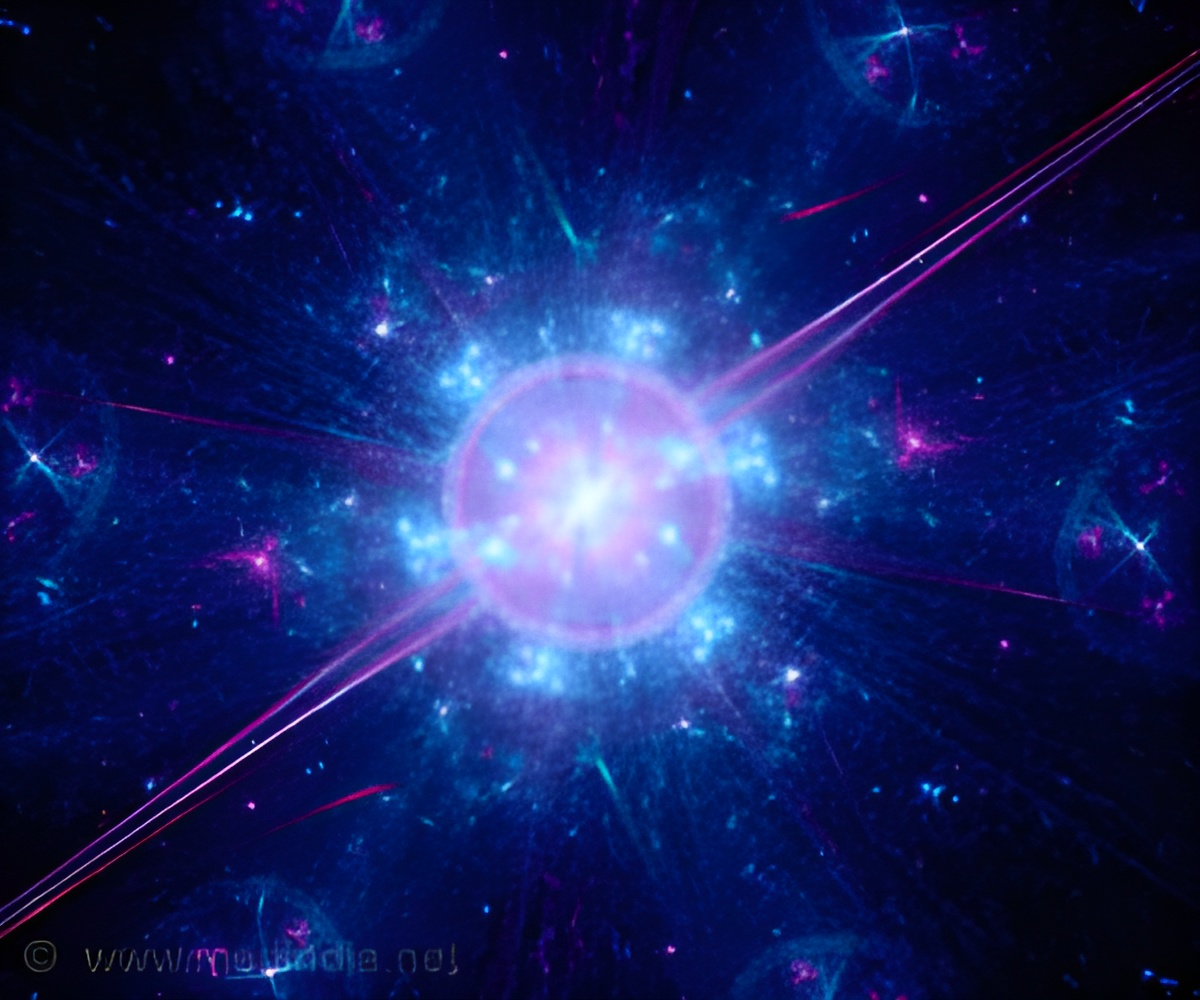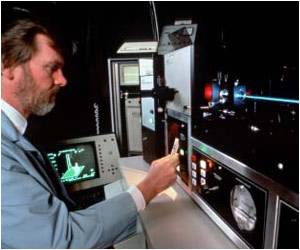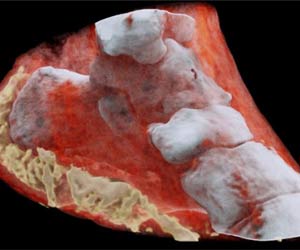The findings open up new possibilities for exploring complex physics involved in massive star explosions, which are crucial for understanding fusion energy.

The findings open up a valuable new perspective on the dynamic behaviour of diamond under high pressure. This novel technique would allow scientists to study the properties of matter. It would open up new possibilities for precisely exploring the complex physics involved in massive star explosions, which are crucial for understanding fusion energy. It would also help in improving the scientific models used to study these phenomena.
Bob Nagler, a staff scientist at the Linac Coherent Light Source (LCLS) X-ray laser, a DOE Office of Science User Facility, said, “What is really exciting is that we can capture images of what happens on microscopic scales. People have used X-rays to produce images of shock waves, but never on the tiny scale that LCLS makes possible. The ability to measure shock wave properties so clearly at this scale, down to one-thousandth of a meter, can be useful to understanding the fundamental physics at work on far larger scales, too.”
Dr. Andreas Schropp, a staff scientist at Germany's DESY lab and the first author of the study, said, “With our experiment we are venturing into new scientific terrain. We have managed for the first time to use X-ray imaging to quantitatively determine the local properties and the dynamic changes of matter under extreme conditions.”
For the study, researchers analysed diamond samples with the world's most powerful X-ray laser, the LCLS. With a brief flash from a powerful infrared laser, they triggered shock waves in thin (0.3 millimetres thick) one-inch-long sliver of diamond. Then the team hit the diamond samples with LCLS X-ray pulses at regular time intervals of hundreds of picoseconds.
These X-ray pulses last just 50 millionths of a billionth of a second (50 femtoseconds), thus allowing the researchers to capture even the fastest movements. However, the diamond sample was destroyed with every shot, and the scientists had to repeat the experiment with identical specimens for each picture. Every image was taken a little later to show the shock wave at a slightly later time. Finally, these X-ray images were compiled to create an ultra slow movie that shows how a shock wave whips through the diamond faster than the speed of sound.
The researchers then used an X-ray technique called ‘magnified phase-contrast imaging’ to determine density changes in diamond into vivid, high-resolution shock wave images. This analysis yielded information about the compression of the diamond's structure and the pressure changes caused by the shock wave. The experiment revealed that the intense shock wave compressed the diamond locally by almost 10%.
The penetrating properties of X-rays would enable this technique to be applied to virtually any solid material, such as iron or aluminium.
DESY physicist Prof. Christian Schroer said, "The method is important for a series of applications in material science and for describing the physical processes occurring inside planets."
The study has been published in Scientific Reports.
References:
1. https://www6.slac.stanford.edu/news/2015-07-06-scientists-drive-tiny-shock-waves-through-diamond.aspx2. http://phys.org/news/2015-06-scientists-diamond.html
Source-Medindia
 MEDINDIA
MEDINDIA



 Email
Email




